Balancing life with a dog and a toddler can feel like managing two adorable hurricanes at once. Each has needs, moods, and booming energy levels that don’t always align with yours. With the right strategies, though, this chaotic chapter can become one of the most rewarding stages of family life. These survival tips are built on real-world experiences, safety awareness, and routines that actually work.
1. Set Up Safe Zones for Both Your Dog and Your Toddler
Creating designated spaces helps reduce stress for everyone. Your dog needs a quiet zone such as a crate, gated room, or cushioned corner where your toddler isn’t allowed to follow. This gives your dog a predictable retreat when play becomes overwhelming. Likewise, a toddler-safe area helps you manage interactions without constant supervision.
2. Build Predictable Routines to Reduce Chaos
Dogs and toddlers thrive on consistency, so a predictable daily flow keeps both calmer. Schedule meal times, walks, naps, and free play in a rhythm your dog can anticipate. When your toddler knows what comes next, meltdowns decrease, and your dog is less likely to act out from excitement or confusion. A steady routine becomes the backbone of peaceful coexistence.
3. Teach Gentle Behavior Early and Reinforce It Often
Toddlers learn boundaries slowly, so teaching gentle touch and calm interaction is essential. Show them how to pet the dog, not grab, and use simple phrases like “soft hands.” Reinforce good behavior with praise on both sides—toddlers respond to encouragement, and dogs respond to positive attention. This early training builds trust and prevents accidental injuries.
4. Give Your Dog Enough Physical and Mental Exercise
Many behavioral issues disappear when a dog’s energy is well-managed. A tired dog is more patient around unpredictable toddler movements. Include daily walks, puzzle toys, and short training sessions that challenge the mind. Long-tail keywords like “how to manage a high-energy dog around small children” naturally support parents searching for practical solutions.
5. Supervise All Interactions No Exceptions
Even the most gentle dog and the calmest toddler can make sudden, unexpected moves. Supervision is your primary safety tool. Stay within arm’s reach during play, feeding, or new activities. This prevents situations where your dog feels cornered or your toddler gets too enthusiastic. Over time, this steady guidance helps both learn appropriate behavior.
6. Manage Toys and Food to Avoid Conflicts
Resource guarding can occur when a dog feels protective of food, treats, or favorite toys. Keep dog items in a toddler-free area and avoid letting your child pick up anything that belongs to the dog. Use snack times wisely giving your toddler a high-chair snack while your dog enjoys a chew can keep both entertained safely. This reduces common tension points in mixed-age households.
7. Train Basic Commands That Support Family Harmony
Simple commands like “leave it,” “stay,” and “go to your bed” make life significantly easier. These commands give you control when situations escalate quickly—like when a toddler drops food or starts running across the room. Consistent training also strengthens your dog’s confidence and sense of security. Long-tail phrases such as “best obedience skills for dogs living with toddlers” naturally blend into this conversation.
Final Thoughts
Living with a dog and a toddler doesn’t have to feel like juggling fireworks. With boundaries, structure, and patience, you can create a household where both thrive. These survival tips give you a realistic, actionable approach based on everyday family life. When you focus on safety, respect, and predictable routines, your home becomes a place where laughter outweighs chaos—and where both your dog and your toddler can grow together.





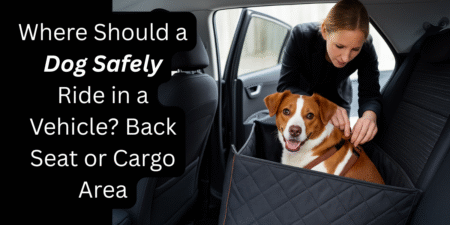
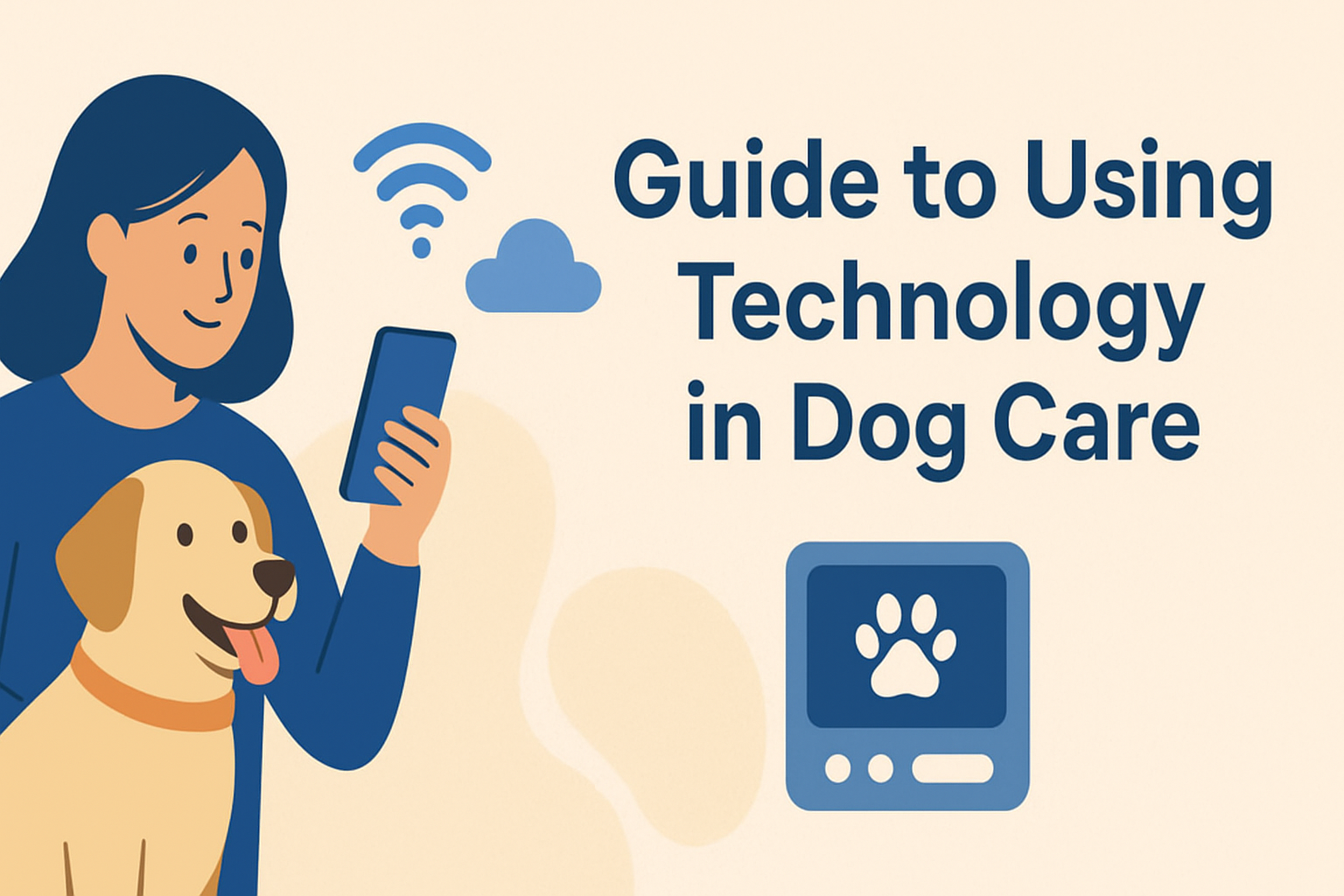


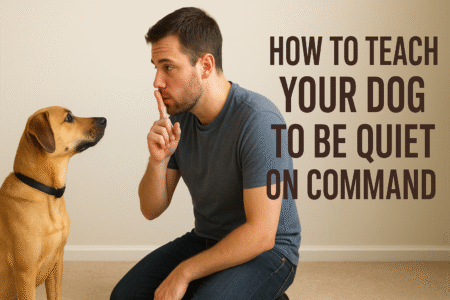




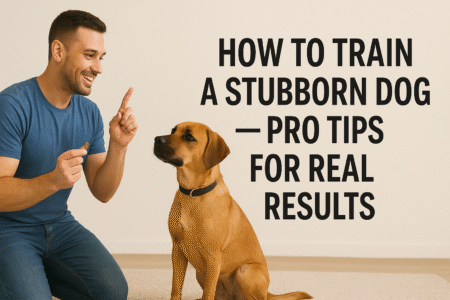



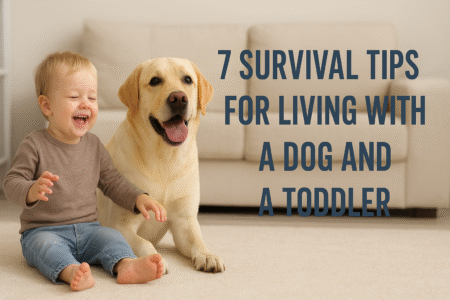

Leave a Reply